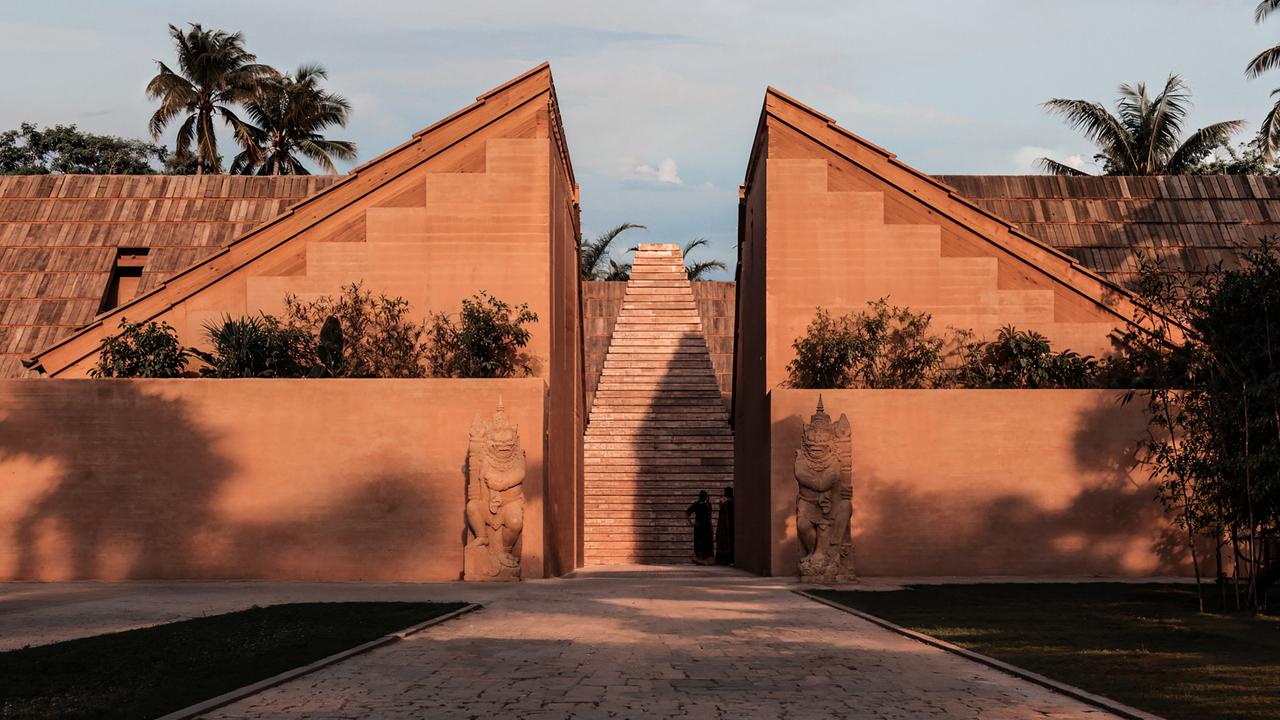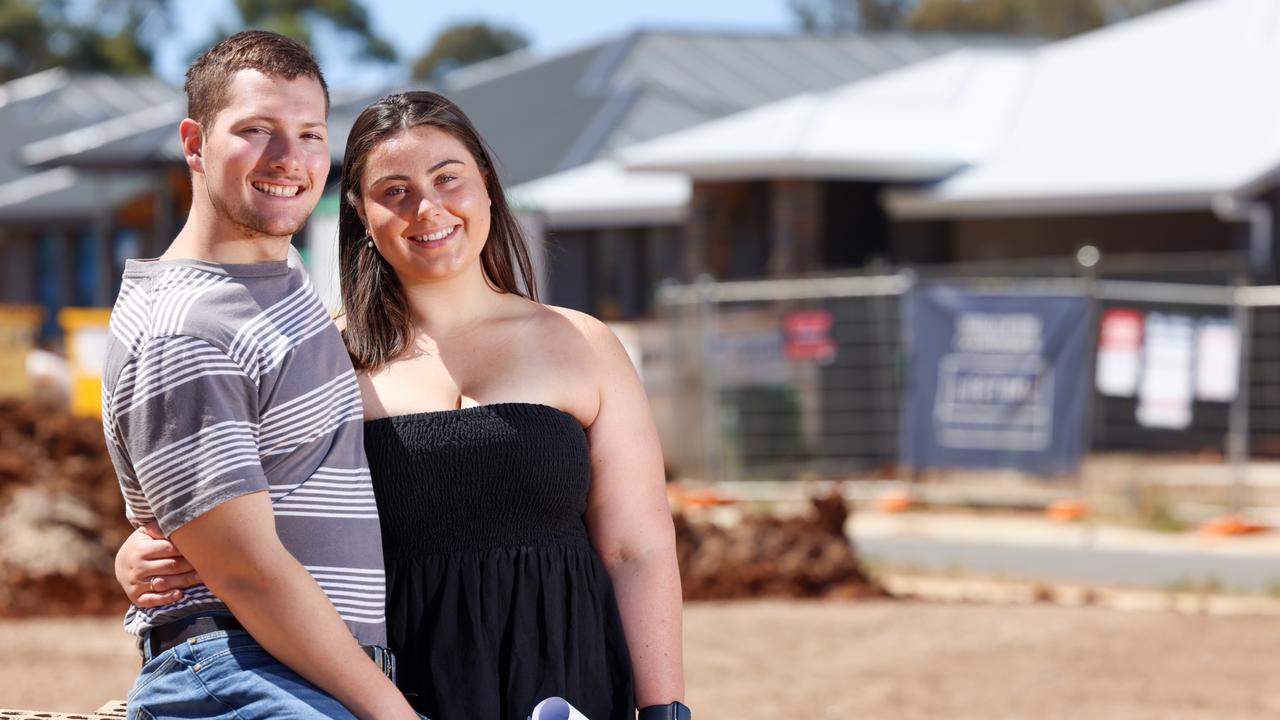Vicinity rides retail sales boom with guidance hike
Landmark shopping centre Chadstone jumped in value to $3.25bn, helping lift the result as shoppers return.

Shopping centre landlord Vicinity Centres has upgraded its guidance as it rides a surge in luxury sales, a strong performance from discount outlet stores and the price inflation which is driving retail sales growth.
The company, which co-owns Melbourne’s landmark Chadstone Shopping Centre with billionaire John Gandel, had a strong festive season and is now benefiting from a rise in international tourists and students, helping its laggard CBD properties.
The shopping centre giant, which was rocked by the early departure of former chief executive Grant Kelley last year, says that retail is performing despite the threat of an economic slowdown.
“The Australian retail sector continues to enjoy elevated growth, despite near-term uncertainty, while the residual impact of the pandemic on Vicinity is now largely limited to the ongoing recovery of our CBD assets,” Vicinity CEO Peter Huddle said.
Funds From Operations growth was driven by a 20.5 per cent uplift in net property income to $459.6m. Vicinity also benefited in a $25.1m reversal of prior year Covid-19 related waivers and provisions.
While strong income growth largely reflected the comparison of the first half of fiscal 2023 to a lockdown-impacted first half a year ago, Vicinity called out the strength of retail sales leading to improved cash collections, rental growth, and higher percentage rent.
The portfolio was hit by an overall 0.7 per cent, or $109.2m, decline in asset valuations. But it was aided by the strength of Chadstone, which had a $53.2m valuation uplift to $3.25bn over the six-month period.
The increase was about more than shopping as there was also a 12.5 basis point tightening of Chadstone’s capitalisation rate to 3.75 per cent, after a new office tower was approved and a new food precinct project.
Mr Huddle said elevated retail sales growth reflected the resilience of the Australian consumer, which was also evidenced by improving visitation, increasing dwell times and spend per visit being sustained at 1.3 times pre-Covid levels.
“Luxury retail and apparel and footwear, particularly at our outlet centres, remain amongst the strongest performing categories and our long-term investment strategy is focused on bolstering our market leadership position in these growing segments,” he said.

Mr Huddle said Vicinity’s luxury category now represents more than $1bn in sales annually, amounting to 11 per cent of mini majors and specialty sales. For the first half, luxury retail sales have grown by 55.8 per cent since the depth of the pandemic in the first half fiscal 2020.
“Our growth in luxury is the result of our deliberate investment strategy to enhance our luxury landlord credentials,” he said.
He said existing luxury brands were demanding more space to extend and elevate their offers, and there was a pipeline of potential new brands to bring to our premium centres in the short to medium term.
Vicinity said the result reflected the resilient retail sector, although the net profit of $176.3m was below last year’s $650.2m, when it benefited from rising property values.
The company’s adjusted funds from operations hit $332.8m, well ahead of last year, which came in at $254.1m. The interim distribution of 5.75c per security represented a payout ratio of 79 per cent of AFFO.
Vicinity is banking on its robust balance sheet to get it through the tougher part of the property cycle and to allow it to invest in centre expansions and mixed use projects.
The retail sector is still firing with consumer demand lifting on the back of the tight employment market and robust income growth and savings rates, but the next half could see a slowdown as interest rates bite.
Vicinity lifted its full year earnings guidance so that FFO per security and AFFO per security are now expected to be in the range of 14c to 14.6c and 11.8c to 12.4c, respectively.
The full year distribution payout is expected to be towards the lower end of Vicinity’s target range of 95-100 per cent of AFFO.
Citi analysts said the result came in ahead of its expectations, which were towards the top of market consensus. They said that gearing remains within target at 25.7 per cent and noted that leasing spreads are almost flat at minus 0.1 per cent, a recovery from a fall of 6.4 per cent in December 2021.
International tourists and student arrivals are rising and are now 62 per cent of pre-Covid levels, assisting the recovery of CBD, which remains a laggard.
“We expect the upgraded guidance to be received positively by the market. Gearing remains in target with strong hedging, and leasing spreads have recovered above market expectations in our view,” Citi analysts said.
Vicinity securities were up 3 per cent to $2.07 in morning trade.






To join the conversation, please log in. Don't have an account? Register
Join the conversation, you are commenting as Logout